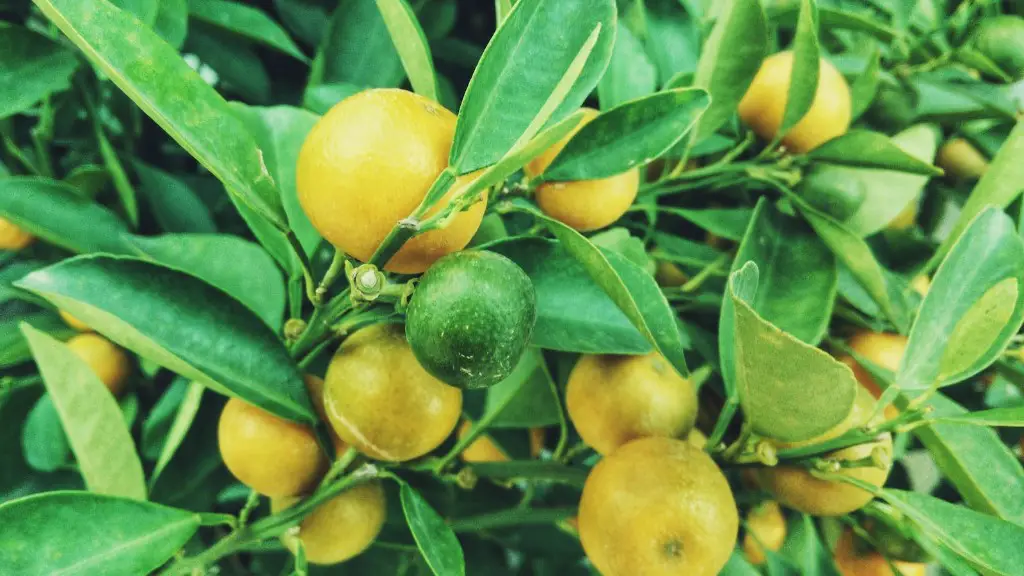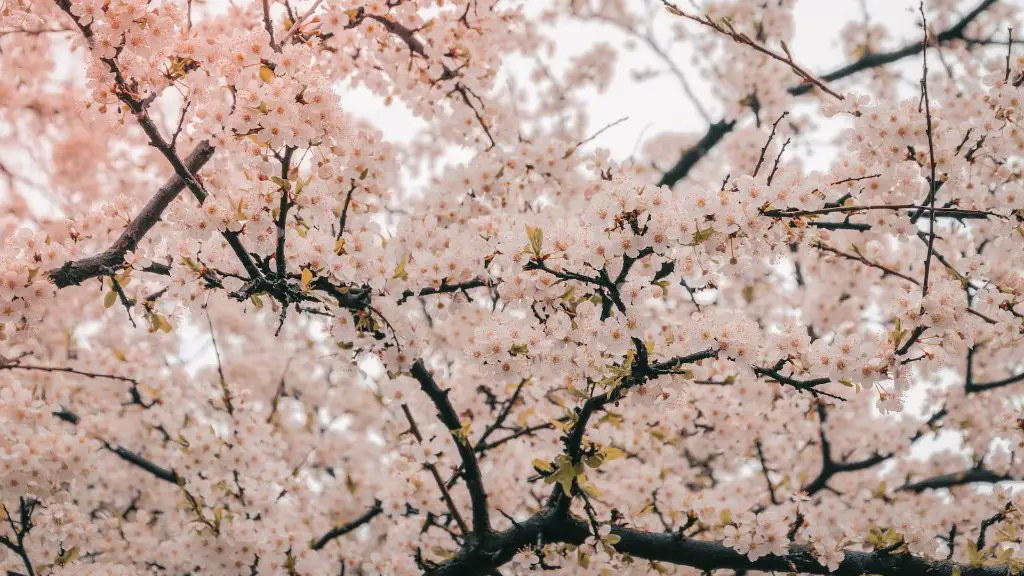Meyer lemon trees are popular ornamental trees in many residences, as they bear citrus fruit in addition to giving the landscape a lush and vibrant look. Blooming is one of the most important stages of the Meyer lemon tree’s development, usually occurring in the spring months, generally between the months of March and May. To ensure proper blooming of the Meyer lemon tree, several critical factors must be considered.
Meyer lemon trees require adequate watering to support its growth and blooming. Not making sure that the soil remains moist, or even overwatering, can cause tensions for blooming. Floral buds will fail to develop or mature if the trees is subjected to any kind of water deficit. Equipment such as soaker hoses and drip systems installed near the base of the tree can provide a more efficient control of water levels. Fertilizers must also be applied to the soil to enhance its quality and make sure there are the necessary nutrients for the tree to blossom.
Temperature is also a factor in Meyer lemon tree blooming. If the temperatures become too low or too high, the tree might not reach its full blooming potential. This is especially true for nights when the tree should be shielded from extreme cold spells. If temperatures remain cool enough during the day and warm with nighttime, the Meyer lemon tree will likely live up to its reputation and bloom gloriously.
Additionally, the amount of light that the Meyer lemon tree receives can make a significant difference in blooming. Trees must receive adequate sunlight to blossom fully, and should therefore be planted in a place where they will be exposed to direct sunlight for extended periods during the day. Pruning and trimming of the tree should also be done during the non-blooming periods, as it prevents the tree from over-producing flowers and fruits that will not reach full maturity or fail to develop properly.
Finally, Meyer lemon trees must have a well balanced nutrient diet to bloom in their best condition. Fertilizer should be used in the soil prior to blooming season, as it will enhance its capacity to retain moisture and improve the quality of the soil. Other organic material, such as compost or mulch, can make a difference in blooming. This can help the tree to feed on the necessary vitamins and minerals that promote a successful bloom.
Fertilization
Fertilization is an important factor when it comes to the blooming of Meyer lemon trees. For the tree to reach its full potential and produce lush blooms, it should be fertilized regularly. Fruits and flowers will only be able to reach full maturity if the tree is provided with the necessary vitamins and minerals from its fertilizer. Nitrogen-rich fertilizers are ideal for the lemon tree to reach its blooming potential. Too much fertilizer can also be harsh for the tree, therefore, the fertilizer should be provided in small amounts during the non-blooming period.
Pruning & Trimming
The Meyer lemon tree must be pruned regularly while it is not in the blooming period, as this will allow the branches to develop better in order to bloom more luxuriously. Pruning and trimming should be done carefully, as too much of it can seriously damage the tree, preventing it from producing flowers and fruits. Pruned branches should be discarded in the right way, so that other plants will not be disturbed and proper disposal of green material is maintained.
Pests & Diseases
Meyer lemon trees may experience problems with pests and diseases. Unfortunately, these issues can be very detrimental to the blooming process and thus good surveillance must be maintained in order to prevent any situation from arising. Insecticides may be applied to the tree to avoid the spread of pests, and the infestation of these may disrupt blooming in a negative manner. Additionally, fungal or viral infections can spread in the tree and stunt the blooming process if not treated in time.
Flawed Seeds
Sometimes, Meyer lemon trees may not blossom due to genetic flaws in their seeds. Meyer lemon trees can produce sterile seeds, making it impossible for new branches to grow and bloom. Replacing the tree with an older, more mature tree may be necessary to get reliable blooms. Regularly checking for new branches is also essential to make sure that the tree is still in healthy condition.
Pollination
Pollination can make a great difference in whether a Meyer lemon tree blooms or not. If the tree is not pollinated, the flowers will not receive enough pollen to start the production of fruits. Propagating by using bees is the ideal way to pollinate the tree. If this is not possible, hand pollination can be used to make sure there are enough pollen grains in each of the flower’s ovaries, thus allowing the production of fruits.


